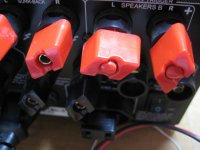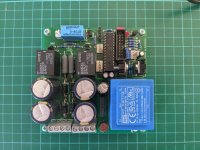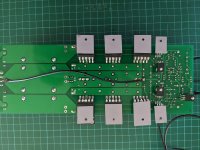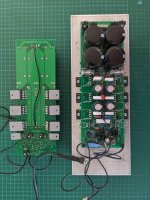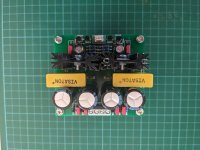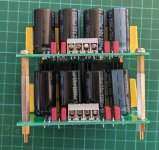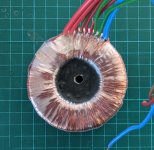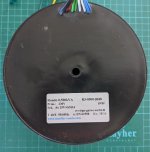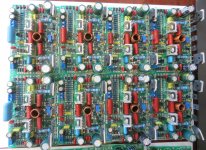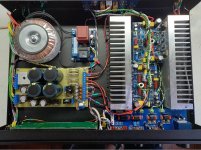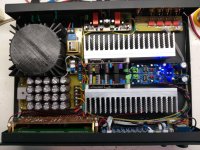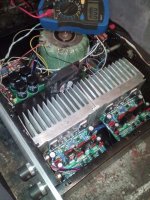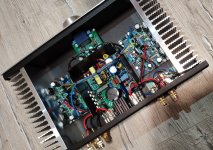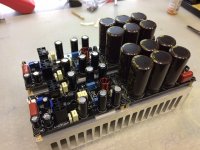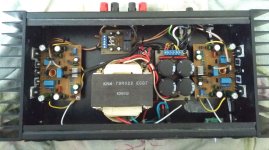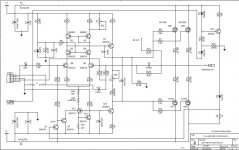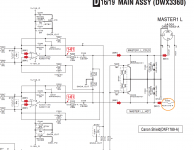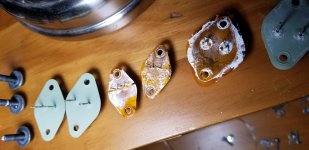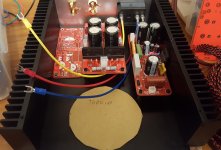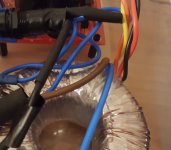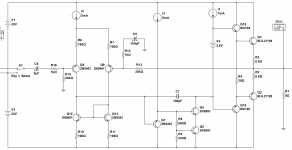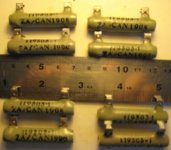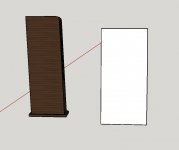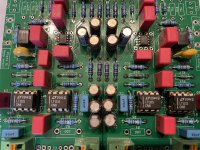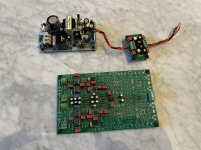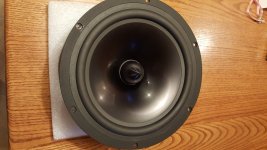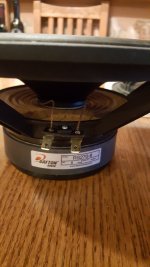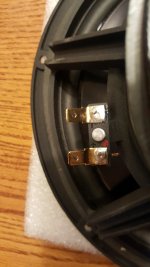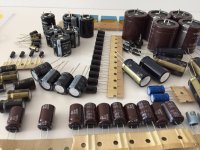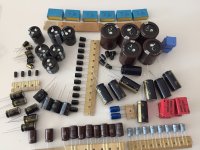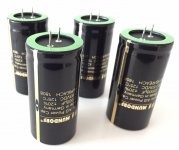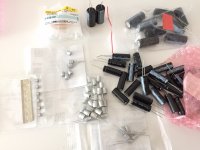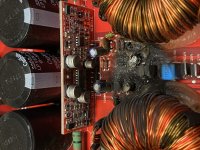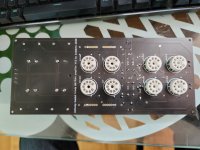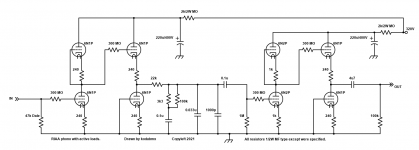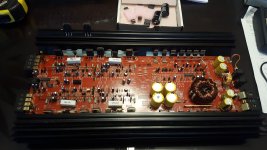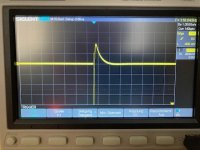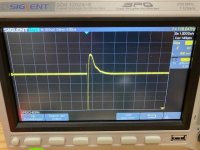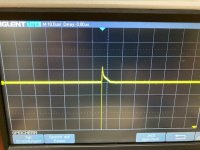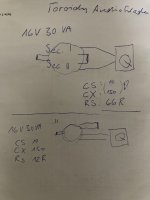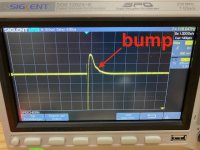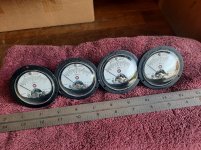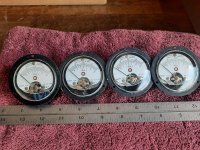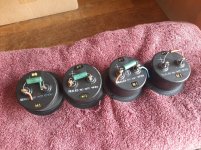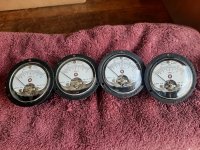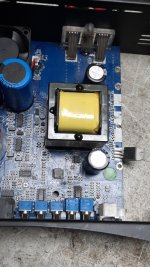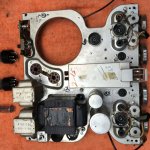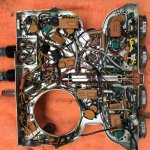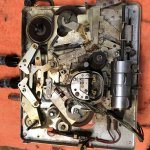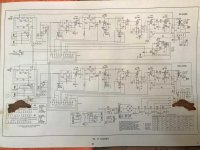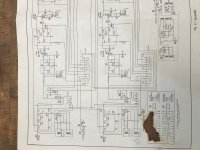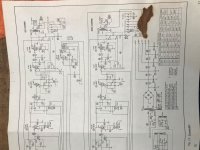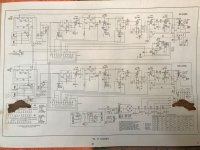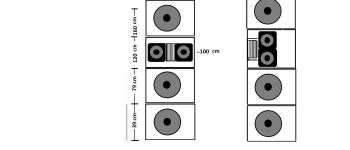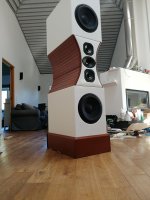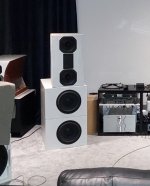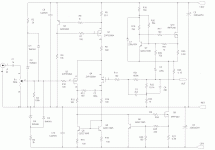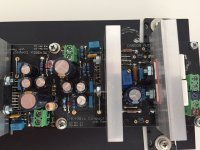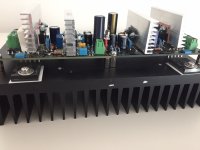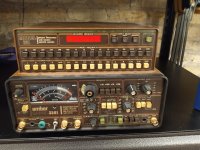I have a certain problem. So my setup is like this:
1) A desktop PC running Windows
2) External USB DAC
3) Amp connected to DAC.
Windows driver for USB DAC only kicks in once DAC is powered up.
Normally it's powered together with power amp (they are on the same power supply cable).
So to play music, I usually power up the amp + DAC,
and then, on my PC I start foobar2000 (player), to play flac files from my disk.
At the moment when foobar2000 starts playing (when it connects to the DAC device driver), I hear loud thump/jitter (but it's higher frequencies compared with 'normal' thump from power amp) in the speakers.
Also VU meters jump to 20% briefly.
So this happens NOT when amp starts, but later, when foobar2000 starts.
This thump comes either from a PC or from DAC, because with different DACs it's not present.
The USB cable between DAC and PC has
'USB isolator' - to eliminate things like thumps and ground loop hums.
Without it, I have a thump, AND hum, so it does something positive.
With the two other DACs that I have, the hum is even worse; this DAC is so far the best (except that it has a thump, and the other two don't).
On my new, freshly built amp, when this thump happened, it blown PSU fuse (on mains). Later everything worked fine, but this morning,
during the thump, the amp onboard fuses were blown (one rail only, different rail on each channel). They are 4 amps fast fuses.
Should I increase amperage?
The best would to eliminate this thump in the first place, but I tried many times, and failed.
What else can be done to the amp/psu/dac setup, to prevent further damage?
Interestingly, my other amps don't mind that thump, only the
latest one objects... (perhaps because it draws more current than others..).
PC is connected to mains via 3-pronged outlet (with ground).
DAC is powered by little psu (ground from mains is not used).
Amp's PSU is connected to mains via 2-pronged outlet (ground from mains is not used).
Any advice?






